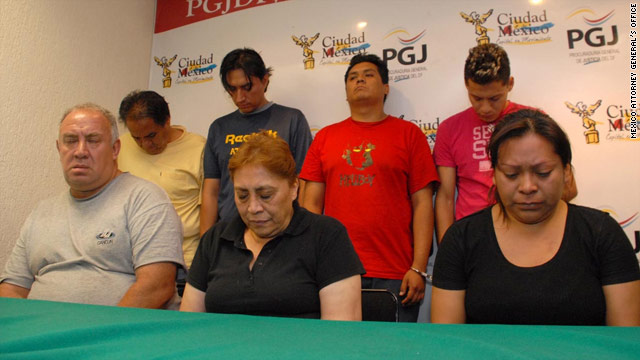By Carolyn Abdenour
Impunity Watch Reporter, Africa
NAIROBI, Kenya – On Monday the International Criminal Court (ICC) ruled Kenya failed to prove it was investigating the six suspects responsible for provoking the 2008 post-election violence. The Kenyan government moved to prosecute the suspects with governmental reforms and a new constitution. Of the twenty-four attachments the Kenya government submitted to support their case, the ICC found only three attachments were relevant.
The ICC also wanted to protect witnesses involved in the cases and ensure the right witnesses are called to testify. Records did not indicate Kenya has questioned relevant witnesses. Furthermore, Chief Prosecutor Luis Moreno-Ocampo asserted campaigns in Kenya promote a “climate of fear”, which intimidates witnesses. He stated “They are pursuing regional and political campaigns to stop the case. Not only is this sending the wrong signal, but it is also promoting a growing climate of fear that is intimidating potential witnesses and ultimately undermining national and international investigations”. Last year, the ICC warned the Kenyan government it would request arrest warrants for and identify anyone intimidating witnesses, including family members. Mr. Mutula Kilonzo, a liaison of Kenya to the ICC, responded “I am surprised, because that is not true. I am not aware of any attempt to create fear. If anything, we are working round the clock to make sure the country goes through healing in preparation for next year’s elections.”
The charges against the “Ocampo Six”, named after Chief Prosecutor Ocampo, stemmed from demonstrations and riots that became violent following the December 2008 election. Over 1,300 people died in the fighting, and hundreds of thousands were displaced as a result them. This violence placed Kenya on the brink of civil war after supporters of current president Mr. Mwai Kibaki were accused of rigging the election.
Once the violence quelled, the two candidates agreed to share power. Mr. Kibaki remained president, and Mr. Railia Odinga became the prime minister. The men agreed to hold the parties responsible for the violence in Kenya’s courts or the International Criminal Court (ICC) in The Hague, The Netherlands.
In April, the Ocampo Six appeared before the ICC. Three suspects supported Mr. Kibaki: Uhuru Kenyatta (deputy prime minister and finance minister and son of Kenya’s founding president), Francis Muthaura (head of civil service and cabinet secretary), and Hussein Ali (police chief during the violence). The other three suspects supported Mr. Odinga: William Ruto (former minister of higher education), Henry Kosgey (former minister of industrialization and chairman of Odinga’s Orange Democratic Movement), and Joshua Arap Sang (reporter and executive of radio station Kass FM).
In September, the ICC will hold hearings for the confirmation of charges for the Ocampo Six. If found guilty for their roles in the 2008 post-election violence, the defendants face life sentences.
For more information, please see:
BBC – ICC rejects Kenya bid to halt election violence probe – 30 May 2011
Daily Nation – Judges reject Kenya bid to save suspects – 30 May 2011
Reuters – Kenya government loses bid to stop Hague trials – 30 May 2011
Voice of America – Kenya denies undermining International Criminal Court – 30 May 2011

